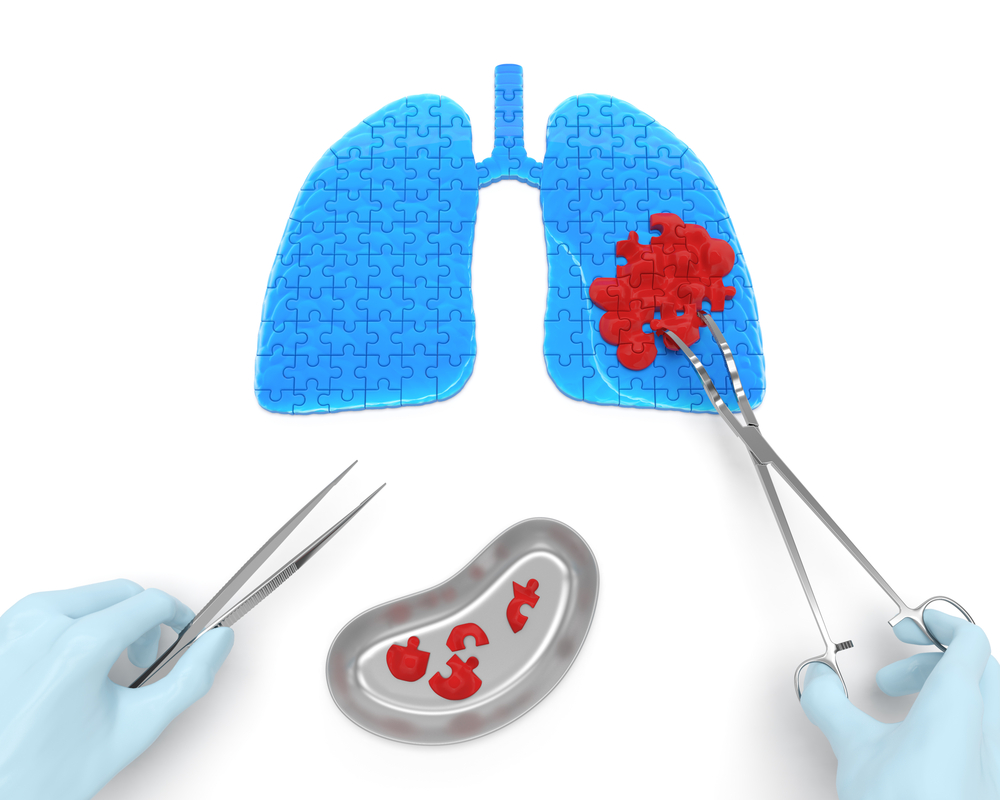Researchers from the University of Missouri have developed a new scoring system for a lung cancer diagnostic test that will potentially aid clinicians in stratifying malignancy risk of patients during clinical evaluation by category. The study for this development, entitled “Malignancy Risk Associated with the EBUS-FNA Diagnostic Categories Nondiagnostic, Benign, Atypical, Suspicious for Malignancy, and Malignant for Mediastinal Lymph Node Aspirate Specimens” was published in the Journal of the American Society of Cytopathology by Dr. Lester J. Layfield from the University of Missouri, Department of Pathology & Anatomical Sciences, Columbia Missouri, along with colleagues.
Cytopathologists stratify diagnostic categories as nondiagnostic, benign, atypical, suspicious, and malignant. However, the information concerning the risk of malignancy linked to each of these previous categories is scarce. Endobronchial ultrasonography-guided transbronchial fine-needle aspiration (EBUS-TBFNA) is a rapid diagnostic method with reduced invasiveness frequently used for initial diagnosis of many lung cancers avoiding an invasive open technique. The method involves a thin, flexible scope that is introduced by the mouth and into the lungs to take a small section of tissue for assessment. The sensitivity and specificity of EBUS-TBFNA has been shown to be up to 86% and 100%, respectively.
“The test categorizes the results as ‘benign,’ ‘non-diagnostic,’ ‘atypical,’ ‘suspicious for malignancy’ or ‘malignant.’ Our goal with this study was to understand the risk of cancer associated with each category,” said Lester Layfield, MD, the lead author of the study, in a press release.
In this study, the researchers analyzed the diagnostic information of 136 patients after being submitted to the EBUS-TBFNA technique. These patients were then submitted to surgery to confirm the diagnosis through EBUS-TBFNA technique. They found that this technique gave accurate positive and negative diagnosis of lung cancer, respectively, for 84% and 68% of the cases analyzed. The categories stratified malignancy risk ranging from a low of 32% for benign to 84% for malignant. The suspicious and malignant categories had similar malignancy risks.
Importantly, this study provided an evaluation of malignancy risks for each category that hopefully will help clinicians in treatment planning and improve patient counseling.

